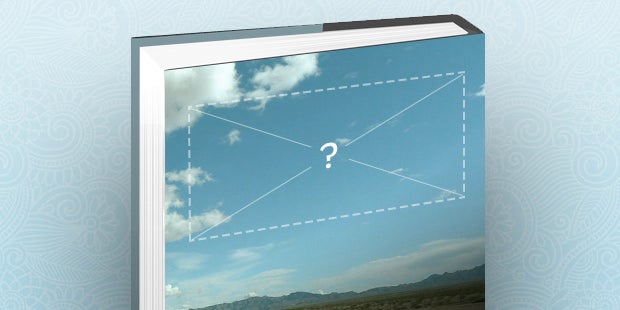Soliciting blurbs makes many authors anxious—even though gaining an endorsement from someone you greatly admire can be an ego boost and an asset to your book. But the solicitation process also requires a sense of realism and practicality. We talked to four Penguin Random House editorial team members about the process of blurbing.
Are book blurbs important?
All four colleagues felt that book blurbs were very helpful to give consumers an indication about whether they might enjoy reading a title. This becomes particularly important as the circulation of printed book reviews declines.
While blurbs won’t make or break a book, they can entice readers to pick up a book that gets praise from other authors they love. This applies particularly to debut authors or authors who have been away from the publishing scene for a while.
When in the process are book blurbs useful?
Book blurbs can be influential at many different points in the process. Quotes or endorsements are often included in pitch letters from agents, before a deal is even inked. A recommendation from someone an editor admires can pique interest during the acquisitions process.
Once galleys are available, blurbs can be useful in getting booksellers excited about a title, or in helping a publication decide whether to do a review.
Who are the best people to ask for a blurb?
The best people to ask are those with whom the author has an existing relationship. Authors don’t have to get involved in requesting reviews, but they often do—and requests feel more personal when they come from the authors themselves.
In addition, an author’s editorial, marketing, and publicity team will often develop a target list of recognizable author names or thought leaders, and do a mailing of the galleys. Teams think hard about whom to ask, given that blurbs send such a strong signal to readers.
How are potential blurbers approached?
A typical process would start with editorial team members reaching out via email to authors or their agents to see if they would be open to receiving a galley. This outreach takes into account the fact that sometimes people won’t have time to read the submission, or may fear that the subject matter is too similar to their own work. Some top authors get inundated with requests; some have a blanket rule, out of necessity, that they won’t blurb even for their best friends, which can be disappointing. However, many authors are very receptive to being offered galleys and are generous with their time.
The advice from the editorial teams is not to get too anxious about getting a large number of blurbs. Five or six quotes are the maximum that can normally fit on a book jacket exterior, although excess quotes can often be used on the book jacket interior or on retailer sites such as Amazon. Quality is definitely more valuable than quantity.
What should you do if you are approached to blurb a book?
Editors recommend that authors only blurb books they admire and can genuinely praise. If you don’t love a book you receive, then decline to blurb it as politely as possible to avoid hurting feelings. Sometimes editors or agents will respond on behalf of authors to make it seem less personal. Whatever you do, don’t misrepresent how you felt about a book—if you do, chances are your readers will end up confused.
If you do love a book, the ideal blurb is one or two sentences, since readers browsing in a bookstore often have short attention spans. One editor suggested: “Use a good adjective or punchy metaphor. Be passionate, but be short. Think of it as a haiku.” Another one added: “If you want to go longer, then make your blurb modular. As long as the first ten words are easily quotable, it’s fine to go into greater detail thereafter. Focusing on the specific aspects of the book you enjoyed is a good way to sound excited but not too gushing.”


